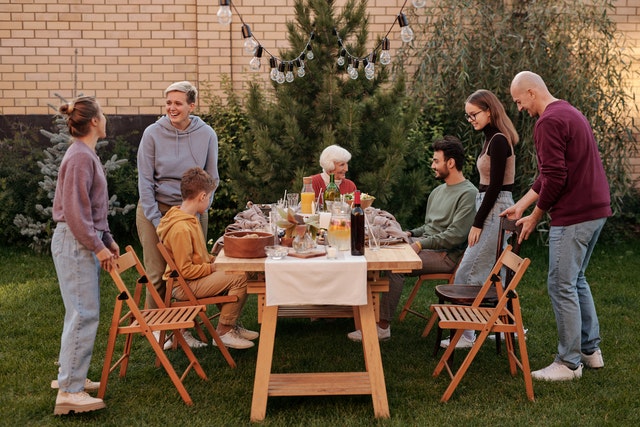
It’s very easy to become overbearing in your ambition as a home cook. Of course, wanting to try new cuisines, new ingredients, and new methods of cooking is a fantastic approach to take, and you should feel proud about stepping out of your comfort zone. But then again, sometimes this can put a huge amount of pressure on your shoulders, add a major cost to your food bill, and sometimes even alienate people who would just rather eat something they can understand at your dinner party.
That said, you’re unlikely to become a snob just for trying new things, so you shouldn’t feel bad about this. But just as a wealthy and accomplished person is always made better for remembering where they came from, home cooks are always better informed by the home comfort classics they were raised on and wish to share with the people they in turn love.
There’s a mindset that suggests comfort food is the ultimate achievement of the home cook. In this post, we’ll expand on why that is, and how it can help any home cookery practitioner fall in love with their passion once more:
Sharing Food Is True Love
Comfort food is meant to be shared. As anyone who has spent the time to make jambalaya on the stovetop, or a similar meal they can present in a large, beautiful dish, served from plate to plate, knows the comfort in sharing the main meal and several small side dishes with one another. This buffet approach is totally informal but is also a means by which many cultures cook and share their food together; as eating with one another is seen as the ultimate form of love and connectivity.
It can be lovely, then, to focus on more shared foods if you’re used to pre-plating meals before they head to the table. It can even be a fun challenge for a home cook, as properly spicing meals and making enough portions so that the table guests can indulge to their heart’s content is a wonderful thing to get right.
Comfort Food Speaks To The Best Of A Culture
You don’t really know a cuisine unless you know its comfort foods. It’s very easy to think that eating at a two or three-star Michelin restaurant, while wonderful, is the utmost interpretation of what that food should be.
In some cases, this will depend on your perspective. But it’s rare that most families within a particular culture will be eating that way. So, it’s nice to think about what large families and what cultural classics have stood the test of time. This is why Italian cuisine, for instance, is so closely preserved, with those who adhere to that tradition often remaining quick to point out when classic recipes have been subverted.
This is because comfort food creates wonderful memories, a feeling of safety and love, and a means by which to provide maximum flavor despite remaining easy to eat. Comfort food is often scaleable too, in that large quantities of it can be made in big dishes to serve more than one. If you want to know a culture more readily, learn about its comfort food.
Comfort Food Doesn’t Have To Be Unhealthy
It’s easy to think of comfort food as high-sugar, high-carb, utterly indulgent, and something that will pack on the pounds through and through. But is that really the case? Think of the Sunday Roast, for instance, popularized in Britain. This may sound quite unhealthy on the surface, but real gravy, good-quality meats, plenty of root vegetables, and perhaps a few indulgences like roast potatoes in goose fat aren’t actually that unhealthy for you. In many cases, it’s actually very nutritionally dense compared to a lot of other meals.
So it’s important to recognize that comfort food isn’t a cop-out or something you should necessarily moderate depending on the dish you’re creating. Don’t feel ashamed to enjoy comfort food as a staple of your diet, because if you exercise portion control and make sure you’re getting plenty of good, wholesome vegetables on top of worthwhile ingredients, you’re most of the way there.
Comfort Food Can Be Adjusted
Sure, we mentioned that some recipes have been preserved for cultural authenticity above, but often the benefit of comfort food is that it can be adjusted to your tastes. After all, you don’t have to pass any tests here. So don’t be afraid to make adjustments if you need to, like swapping out meats for vegan alternatives if you need to.
With this advice, you’re certain to see comfort food as the ultimate achievement of the home cook.